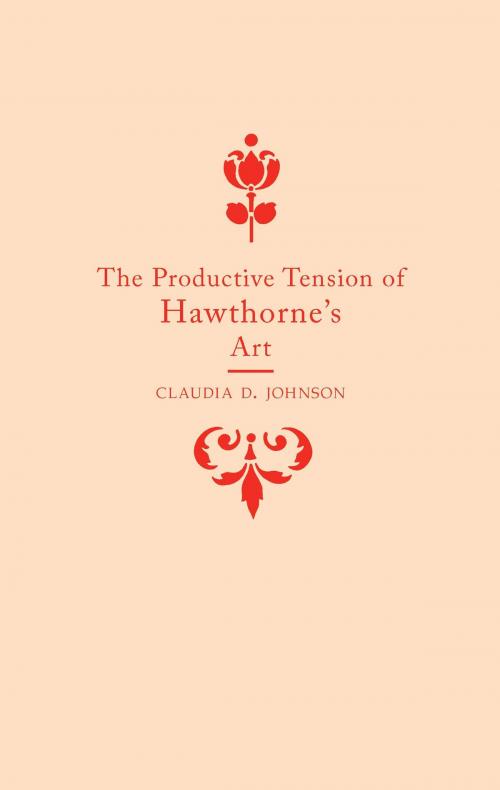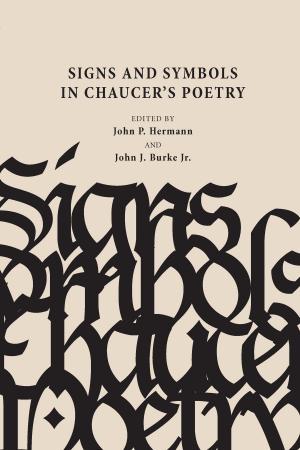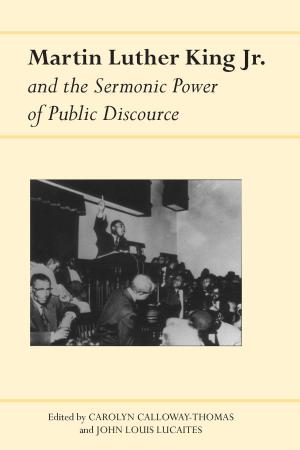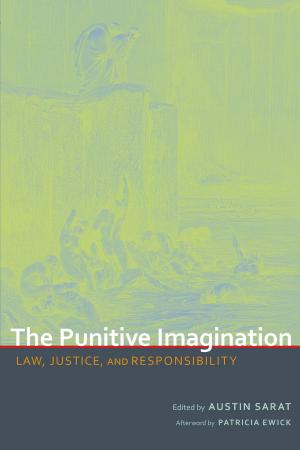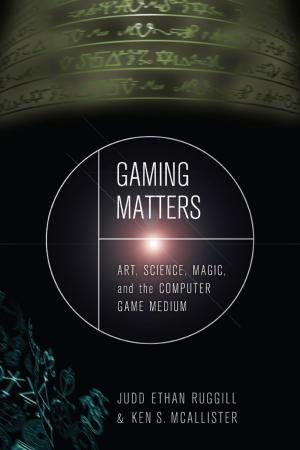| Author: | Claudia Durst Johnson | ISBN: | 9780817391133 |
| Publisher: | University of Alabama Press | Publication: | May 16, 2017 |
| Imprint: | University Alabama Press | Language: | English |
| Author: | Claudia Durst Johnson |
| ISBN: | 9780817391133 |
| Publisher: | University of Alabama Press |
| Publication: | May 16, 2017 |
| Imprint: | University Alabama Press |
| Language: | English |
In The Productive Tension of Hawthorne’s Art, Claudia D. Johnson identifies and explores the tension between Nathaniel Hawthorne’s concepts of art and morality by describing its sources, plotting its manifestations, and suggesting how the opposing elements of this tension are finally reconciled.
Hawthorne’s major works, including his short fiction, exhibit a profound conflict between eighteenth-century views of an orderly, balanced, and static universe on the one hand and nineteenth-century conceptions of a universe in constant flux on the other. Johnson argues that Hawthorne, though he did not identify with any organized church, found in theology the myths that allowed him to negotiate a bridge between these two opposed views of the world and to forge the social, psychological, and aesthetic values that inform his art.
In The Productive Tension of Hawthorne’s Art, Claudia D. Johnson identifies and explores the tension between Nathaniel Hawthorne’s concepts of art and morality by describing its sources, plotting its manifestations, and suggesting how the opposing elements of this tension are finally reconciled.
Hawthorne’s major works, including his short fiction, exhibit a profound conflict between eighteenth-century views of an orderly, balanced, and static universe on the one hand and nineteenth-century conceptions of a universe in constant flux on the other. Johnson argues that Hawthorne, though he did not identify with any organized church, found in theology the myths that allowed him to negotiate a bridge between these two opposed views of the world and to forge the social, psychological, and aesthetic values that inform his art.
